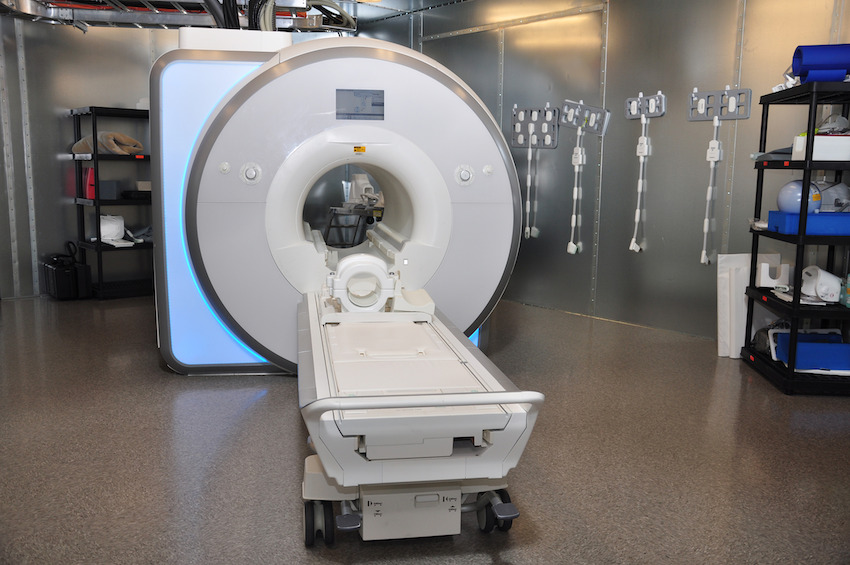
Proclaim XR SCS System Battery is Recharge Free, Stops Pain Signals to the Brain
December 27, 2022
What Is Plantar Fasciitis? (and What You Should Do to Treat It)
January 3, 2023The Truth About Common MRI Safety Concerns

Your doctor may recommend magnetic resonance imaging (MRI) if you’ve had a sports injury, for example, or to diagnose, detect, and treat certain conditions. An MRI can provide an extremely high-quality image of the brain, spinal cord, tissues, organs, and other parts of the body.
People have common safety concerns and misconceptions about getting an MRI, from radiation exposure to claustrophobia due to the machine in which the MRI is performed.
Here are some common misconceptions and the truth about common MRI safety concerns.
“I’ll be exposed to radiation.”
Unlike X-rays, MRI technology doesn’t use radiation. Instead, it involves use of strong magnets and radiofrequencies that interact with coils placed on the body. There are no known risks associated with getting an MRI. The technology itself poses no risk.
An MRI is generally safe for those with metal implants but there are some devices that are not MRI-compatible. These include:
- Metallic prostheses
- Certain brain aneurysm clips
- Certain metal coils placed in blood vessel coils
- Some pacemakers and cardiac defibrillators
- Vagal nerve stimulators
“I’ll have a reaction to the contrast dye.”
Some MRIs require contrast dye while some are performed without contrast. When used, the contrast dye is injected into the body to help “illuminate” areas of the body for even more detailed imaging.
Although contrast dye allergies are rare, some people are allergic to the dye. There are different types, including iodinated contrast dye—commonly used for CT scans and X-rays—and contrast dye containing a substance called gadolinium. Some common side effects of contrast dye may include nausea and a rash at the injection site.
MRI contrast may sometimes affect other conditions, such as asthma, anemia, low blood pressure, kidney disease, or sickle cell disease. If you have any concerns about MRI safety, be sure to talk to your provider about your unique health issues.

“I’ll be too claustrophobic.”
People are often concerned about the “closed” portion of the MRI machine. This is when you lie down on the MRI scanner bed that slides into the rounded machine imaging section. You’ll need to be still while images are taken and you’ll be semi-enclosed for about 15 minutes, for routine exams. Longer exams may take up to 90 minutes, depending on what images are being taken.
Before any of this happens, your MRI technician will help make you as comfortable as possible. You’ll remove any metal objects, such as jewelry (due to the strong magnetic field created by the machine). You’ll also be given headphones and a selection of music—usually in the genre of your choice—to listen to and help you relax while you’re getting the MRI. The latest versions of MRI machines are also much quieter and less anxiety-inducing for most.
The radiographer will be in an adjacent room and you’ll be able to communicate with them through an intercom and they’ll be able to communicate to you through the stereo headphones. You can ask the radiographer for a short pause in between imaging, if needed.
Need to make an MRI appointment or have questions about MRI?
Give us a call at (941) 441-9171.


